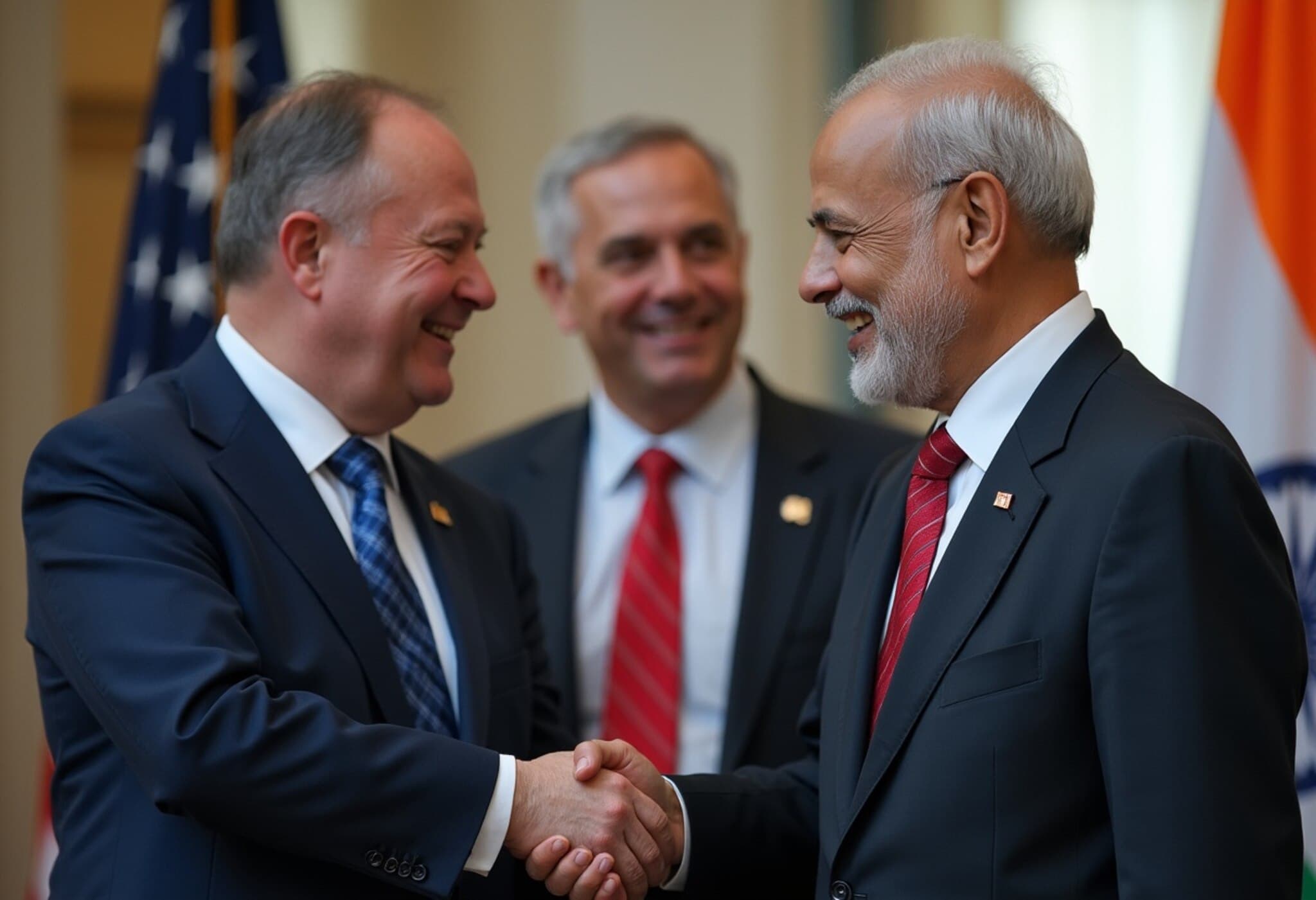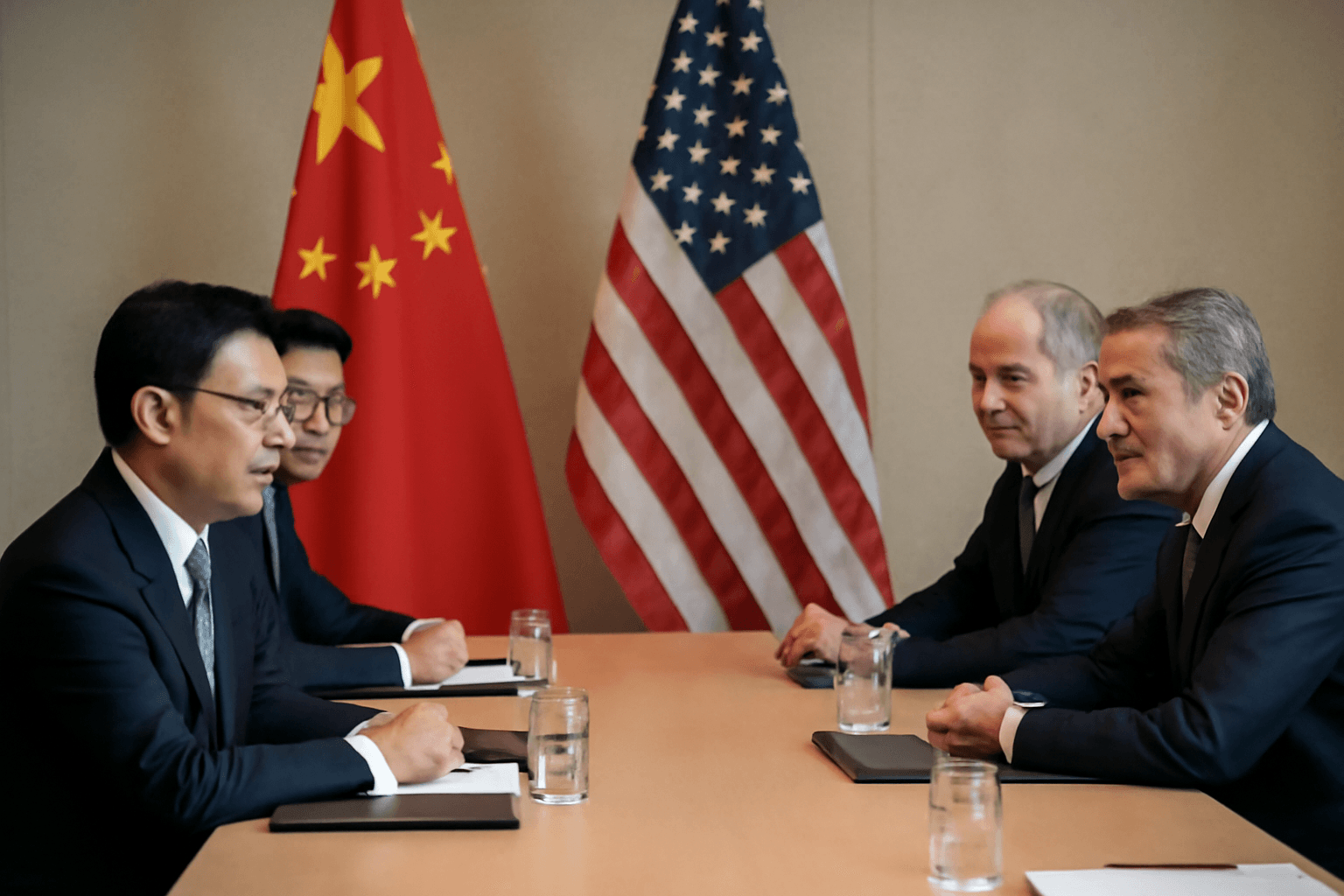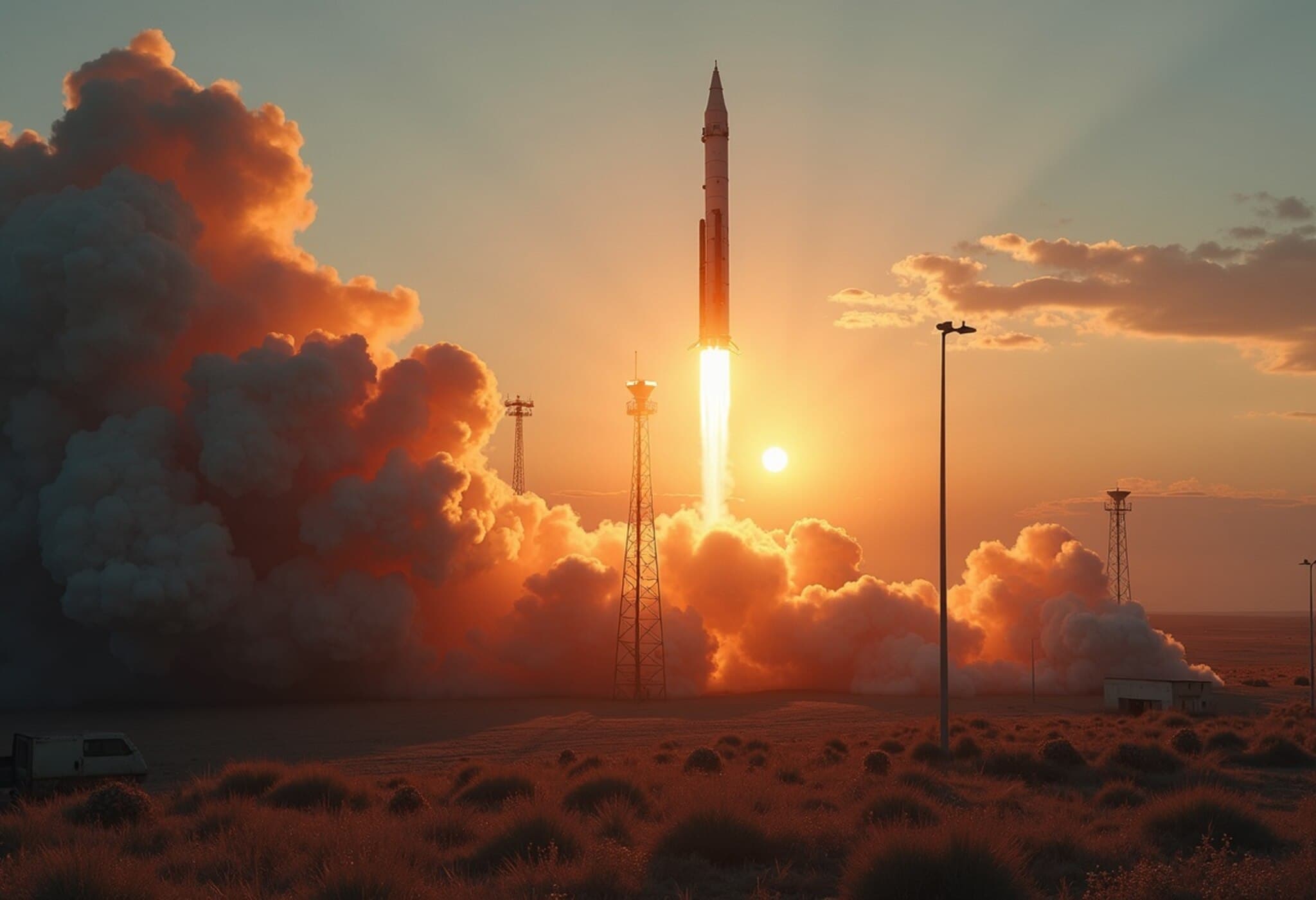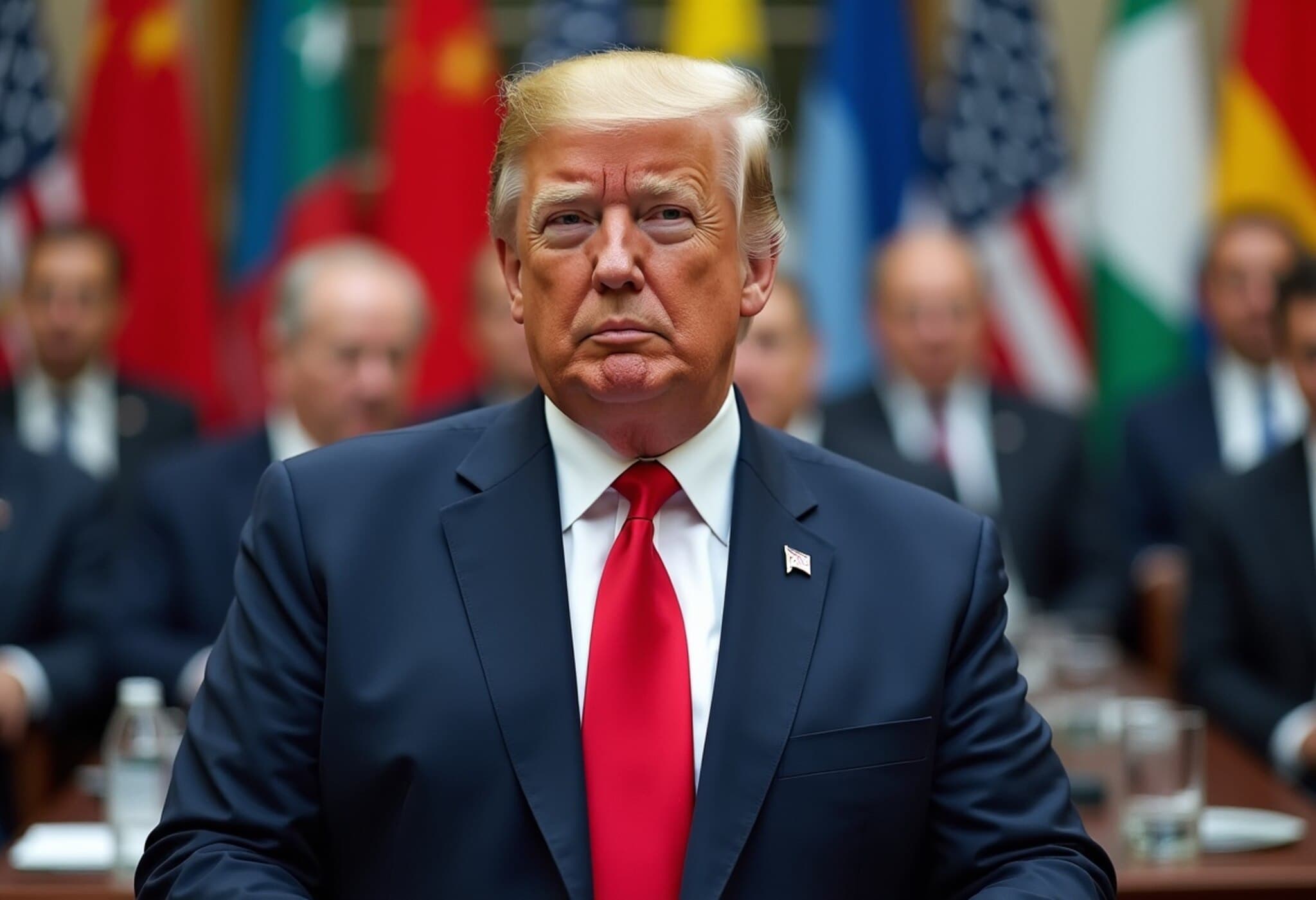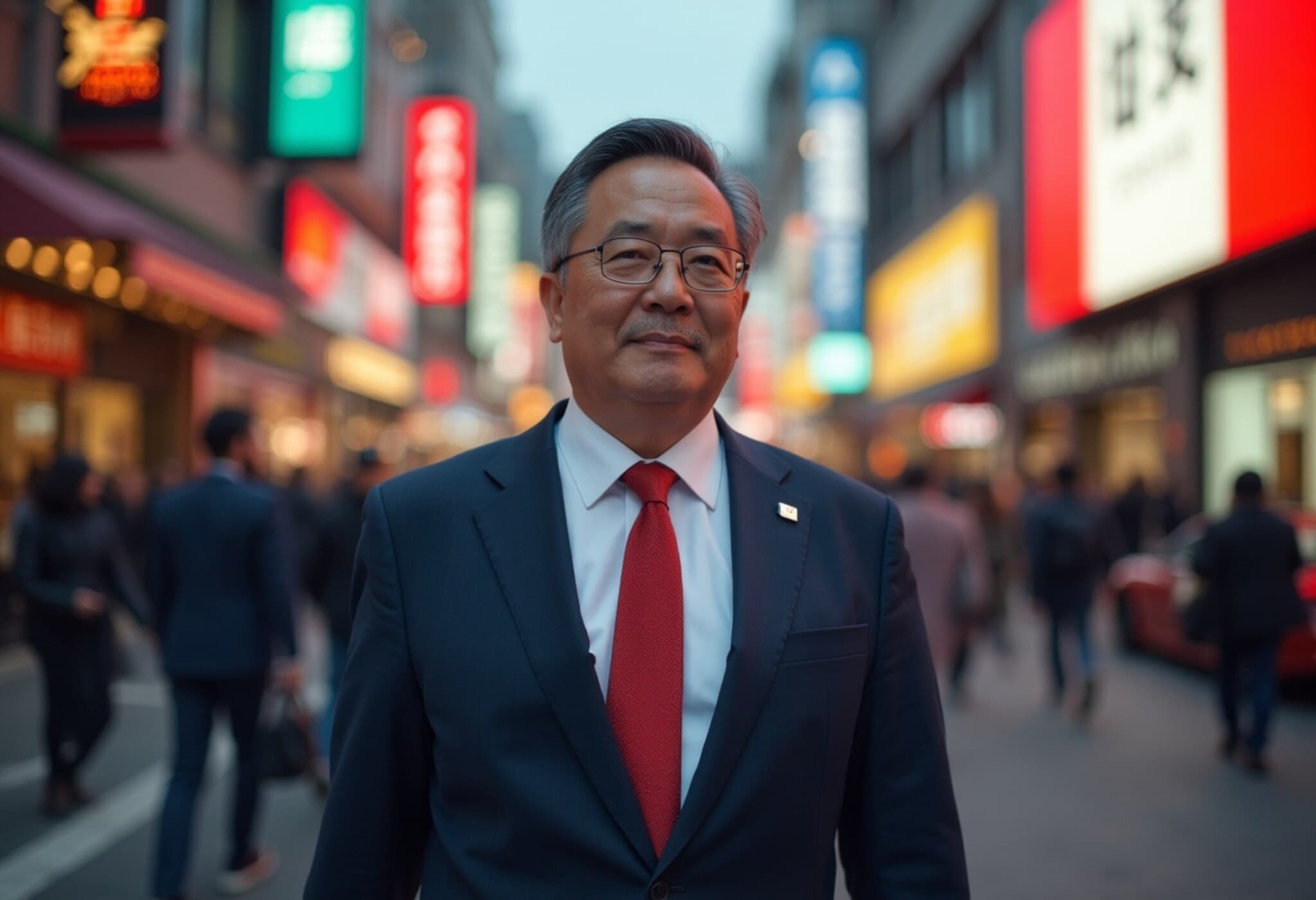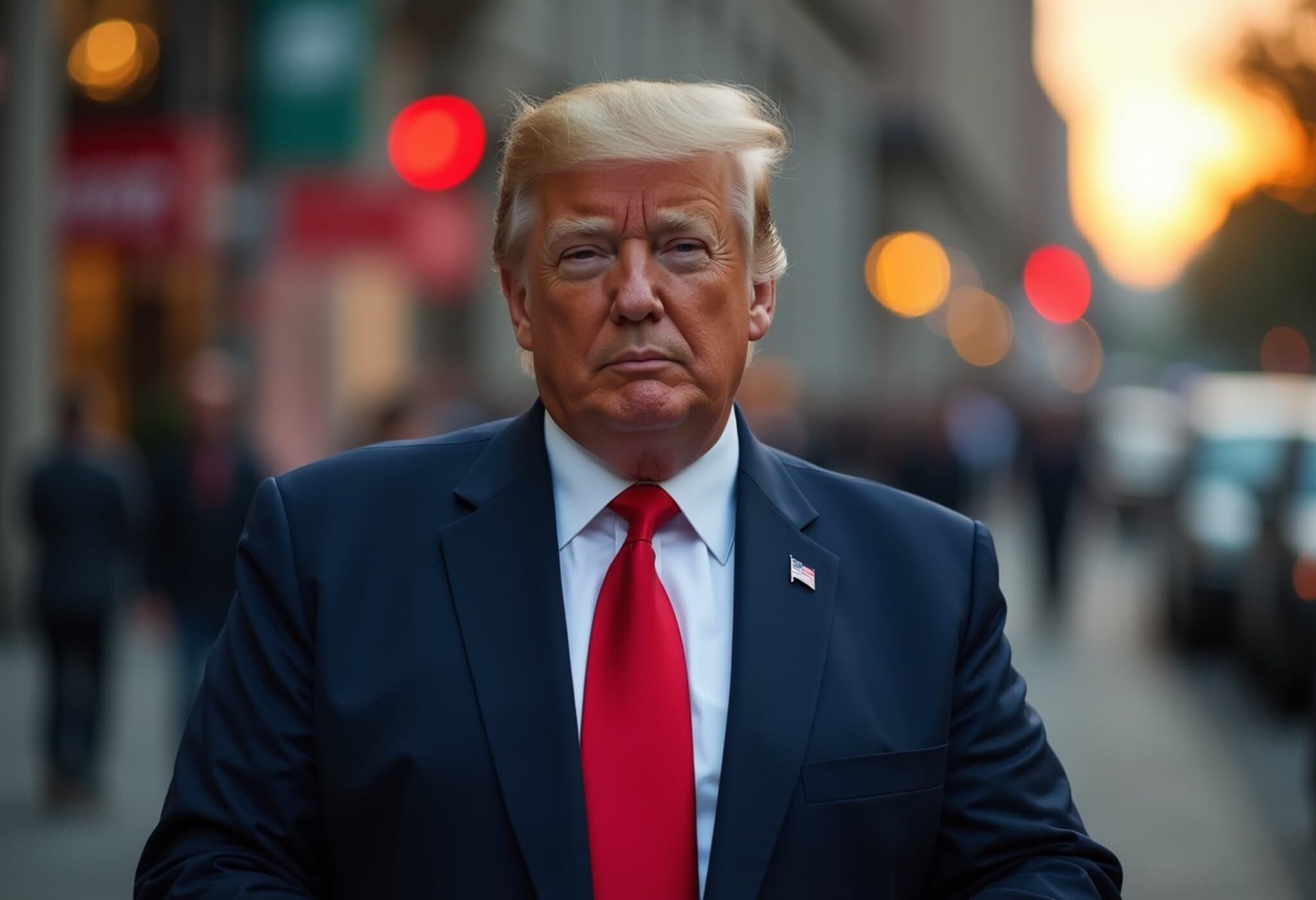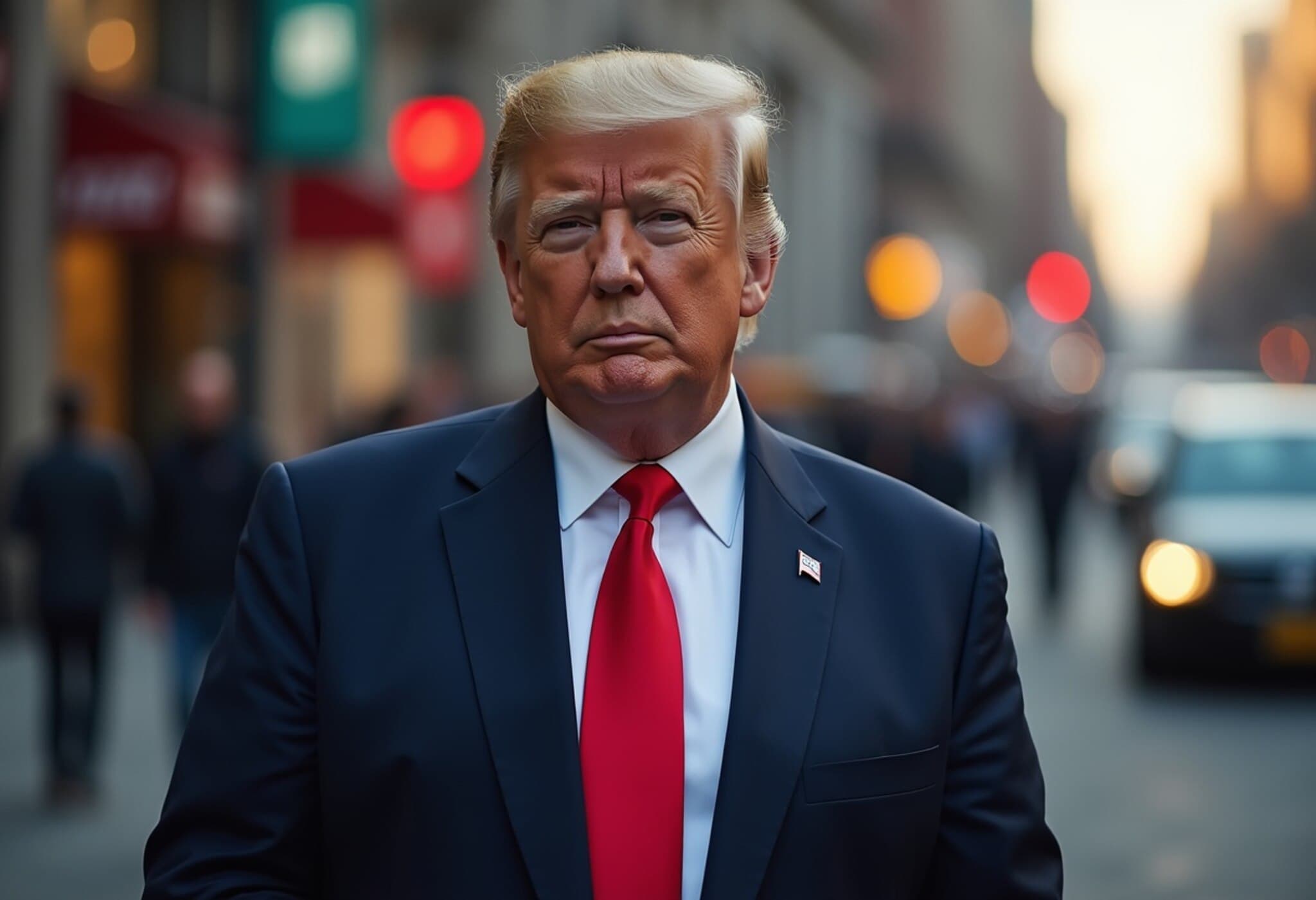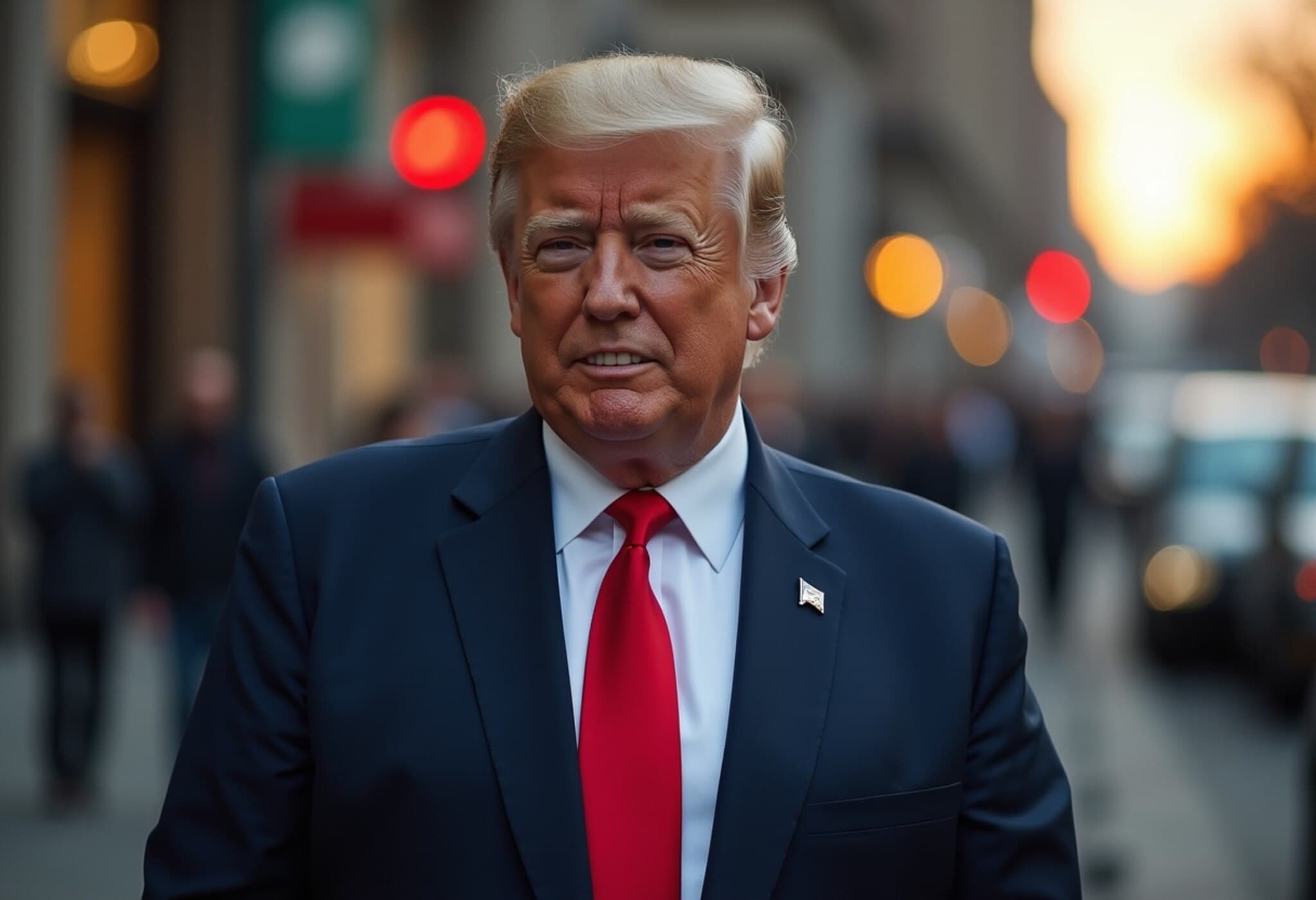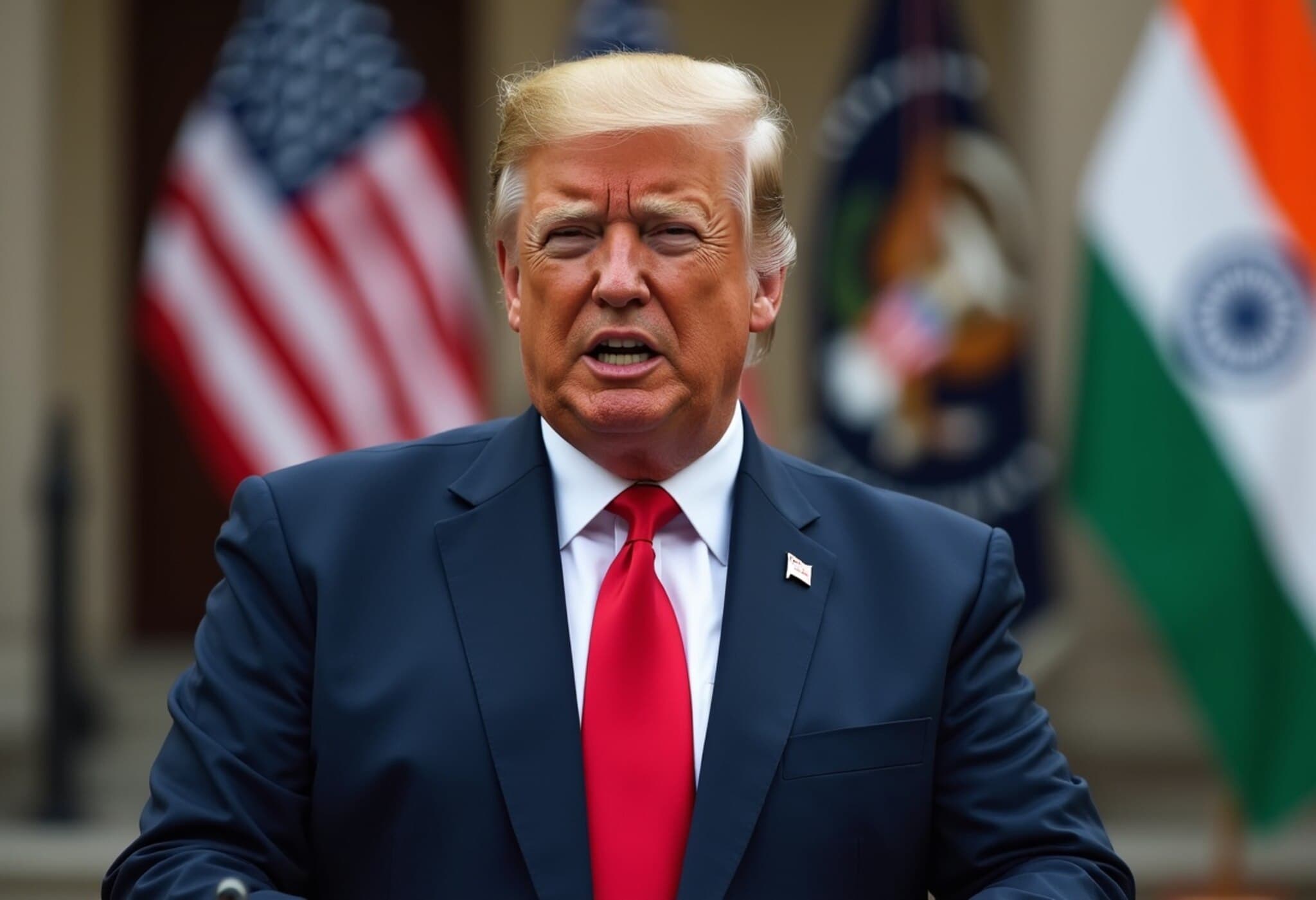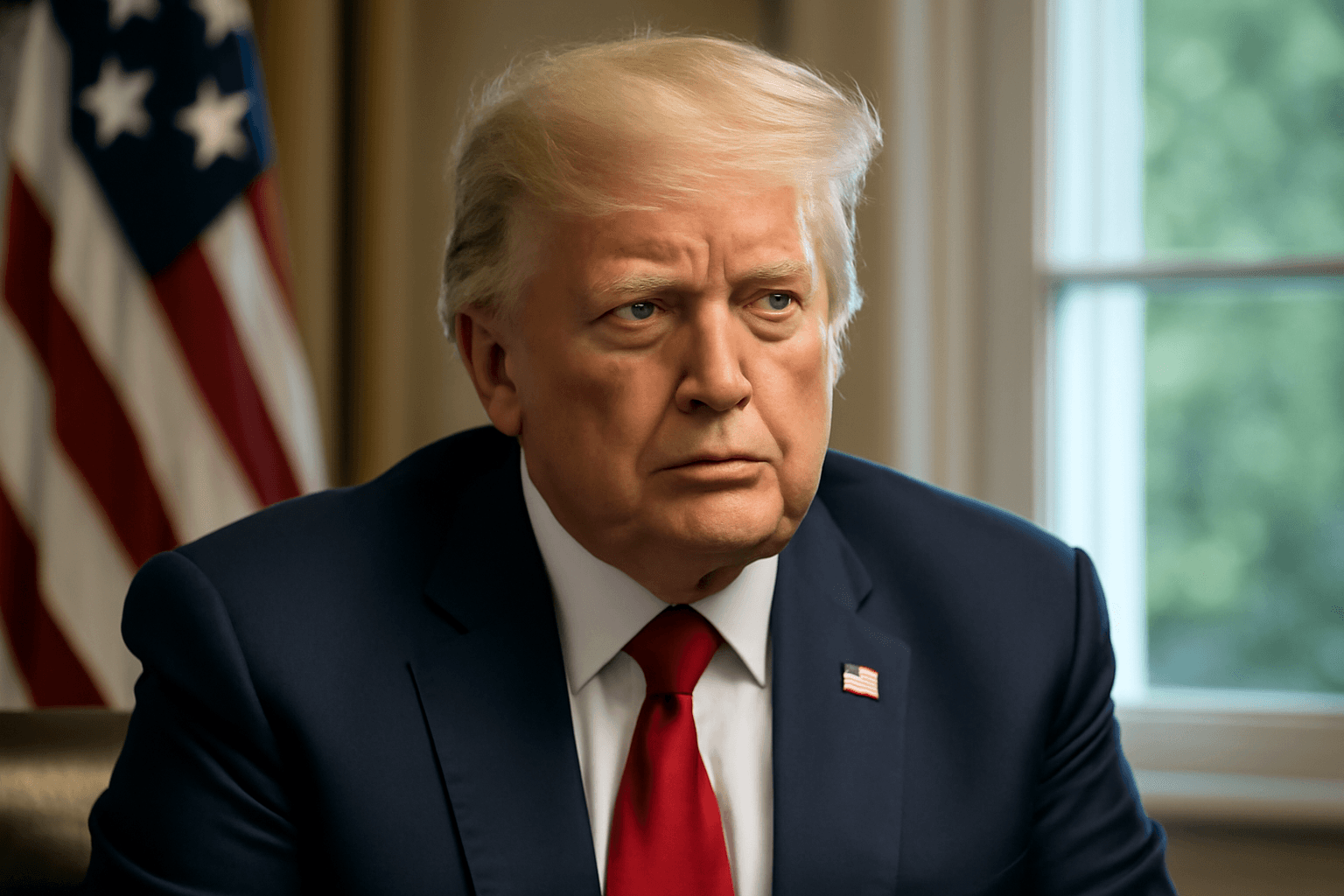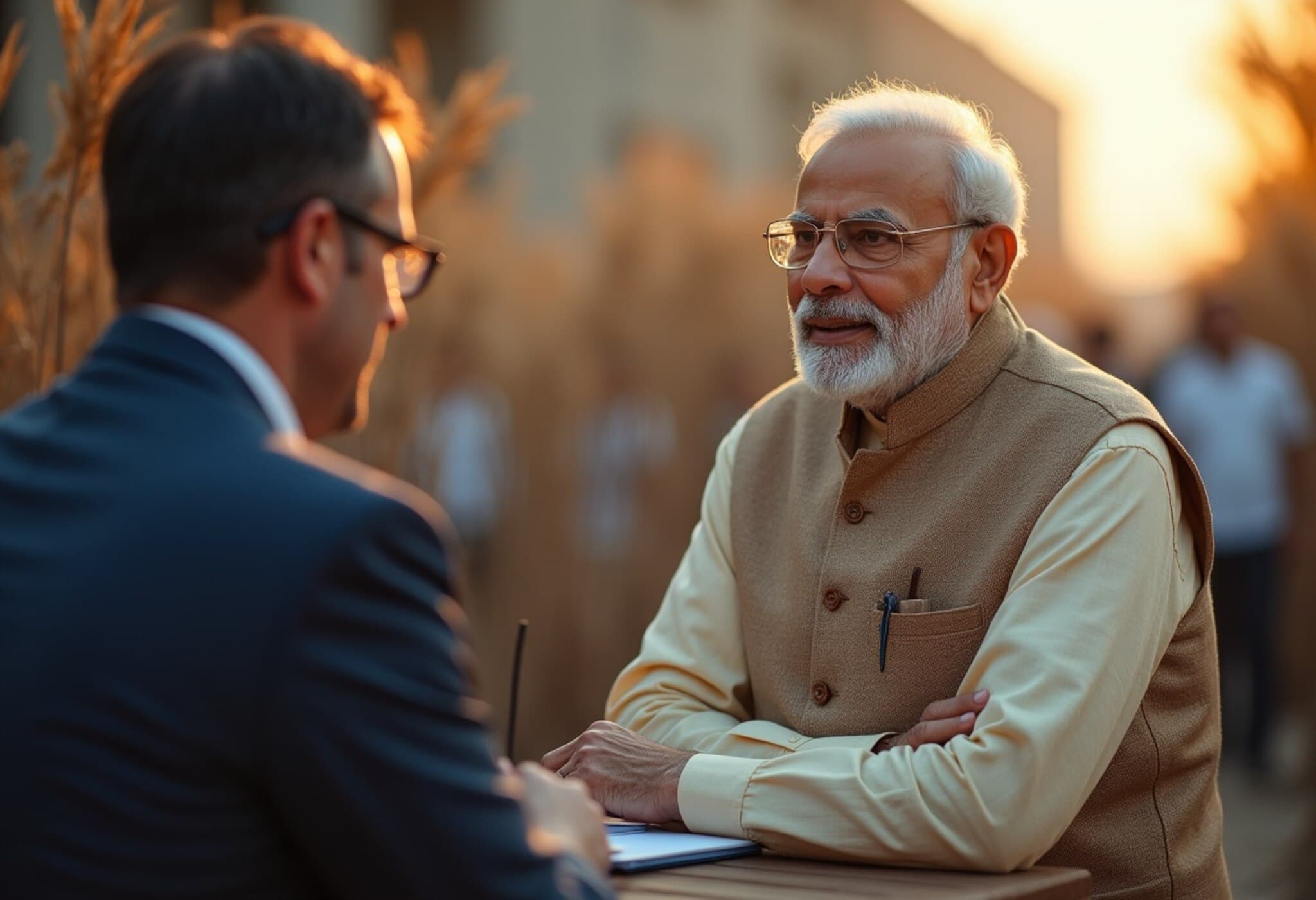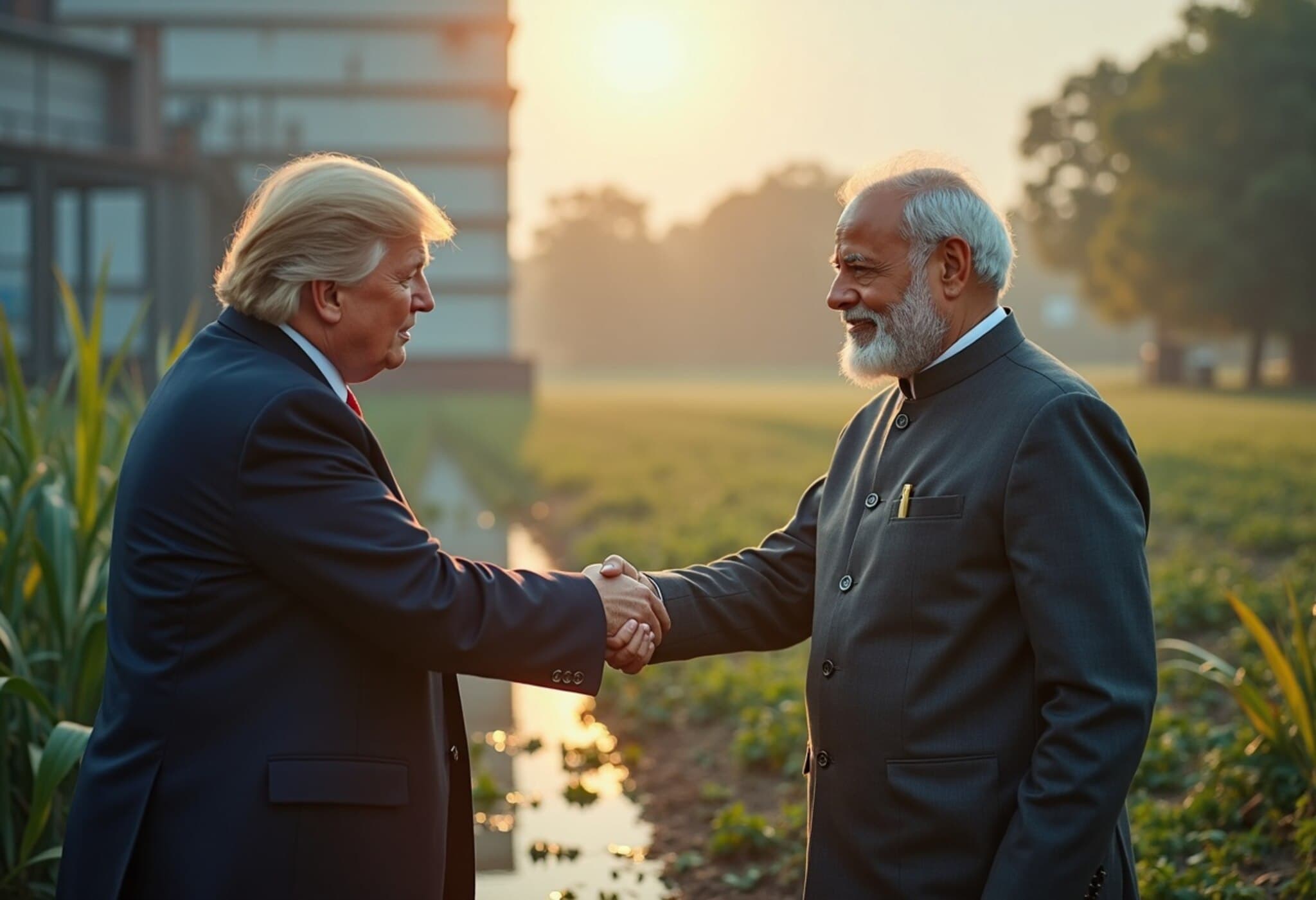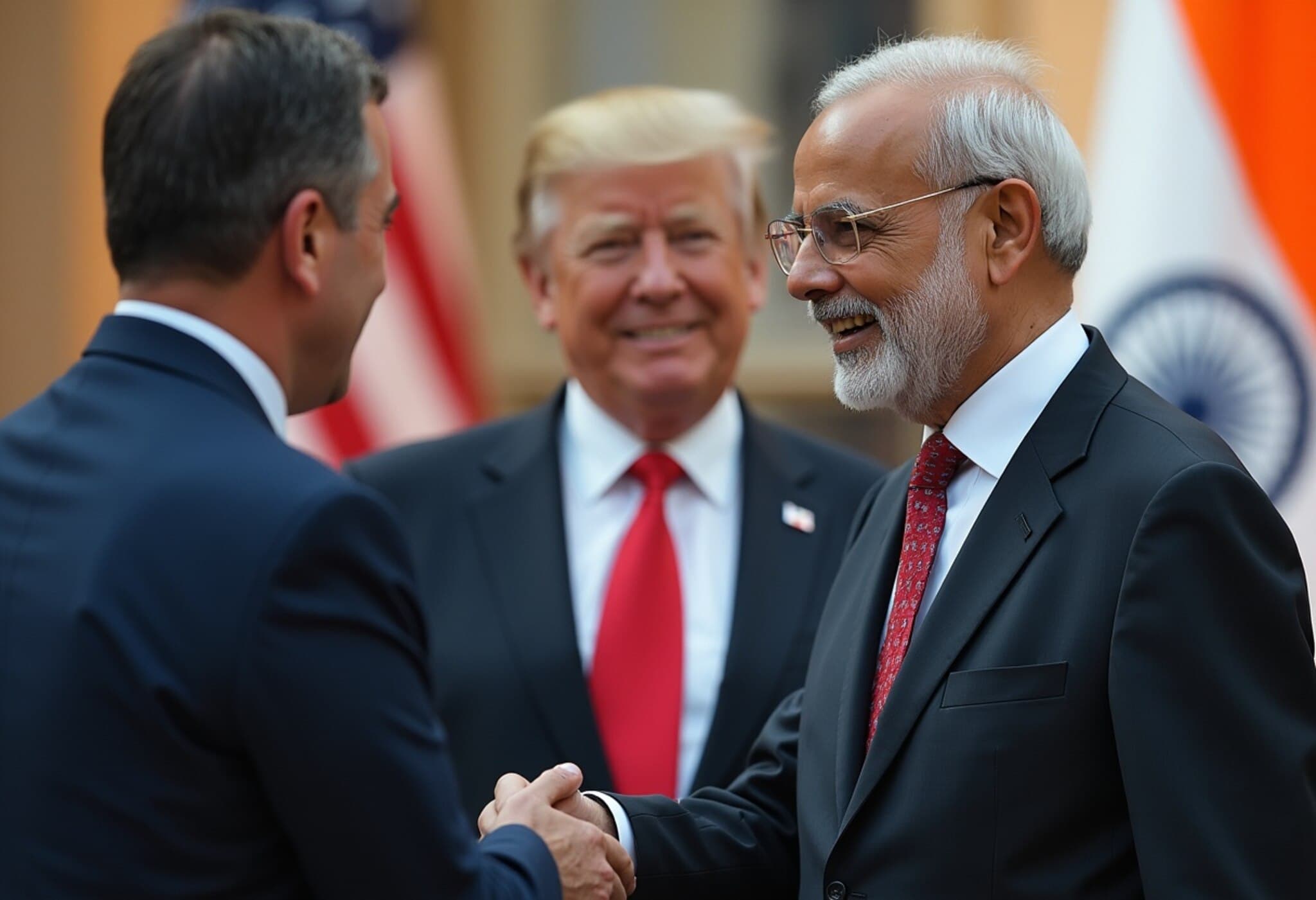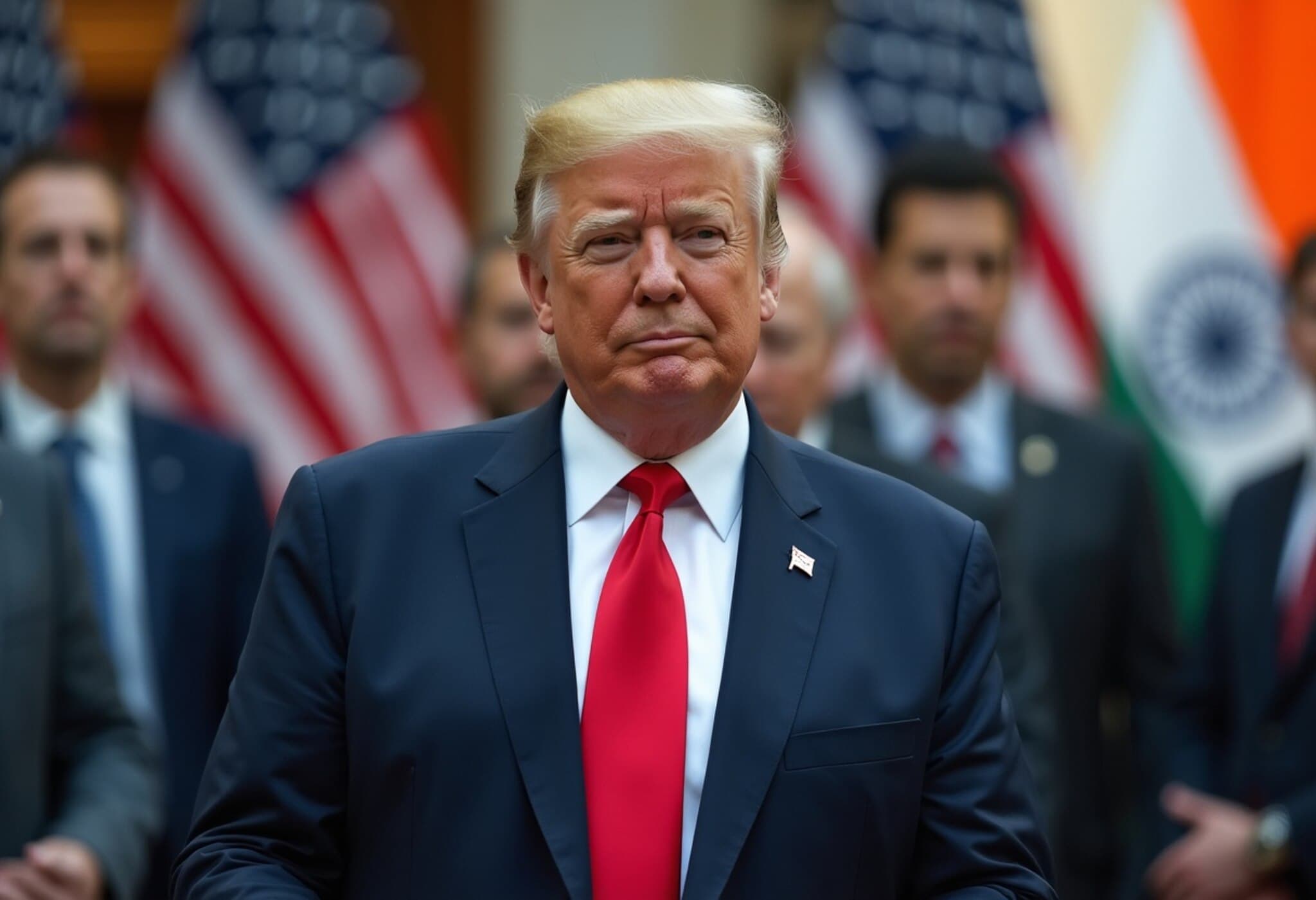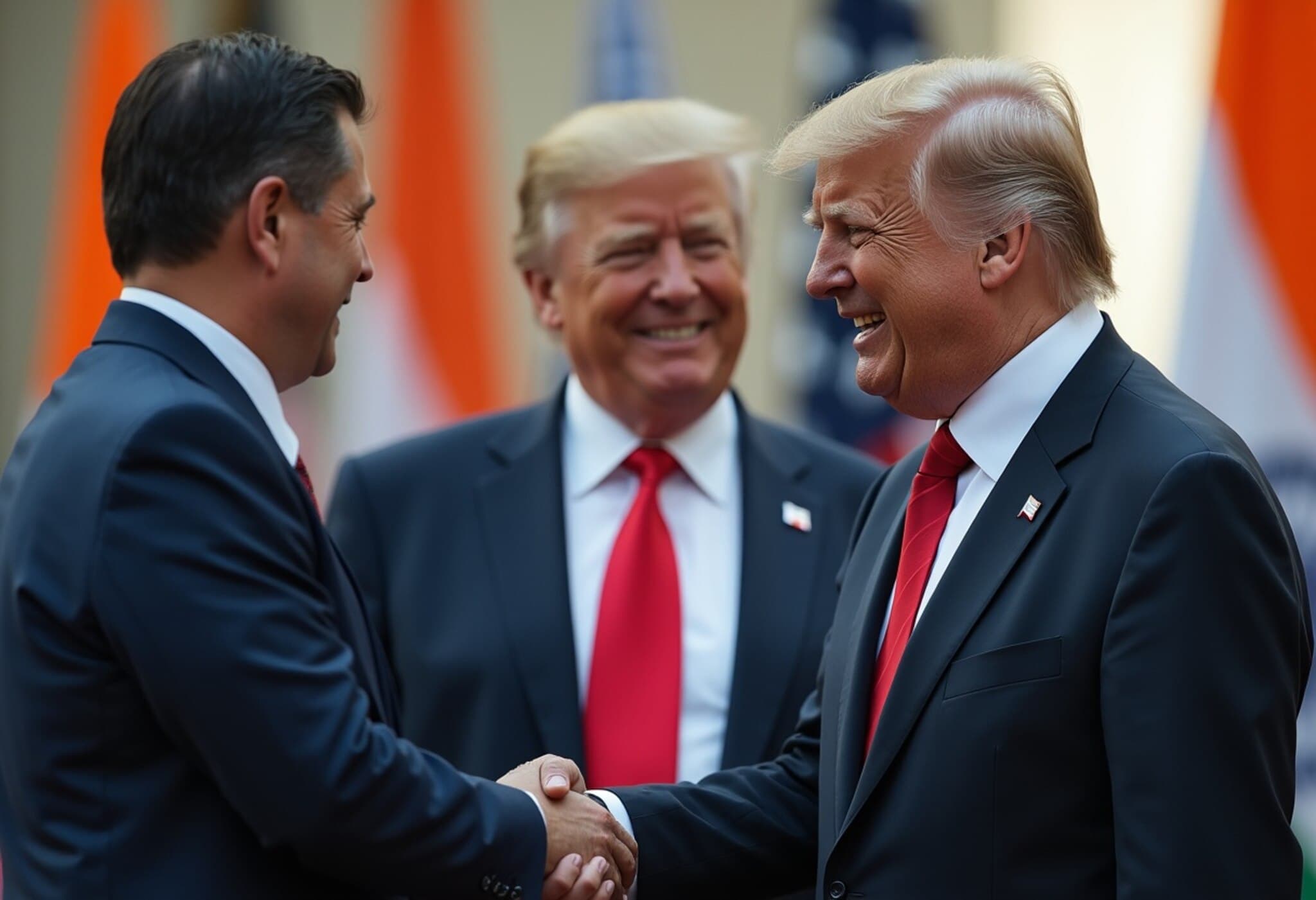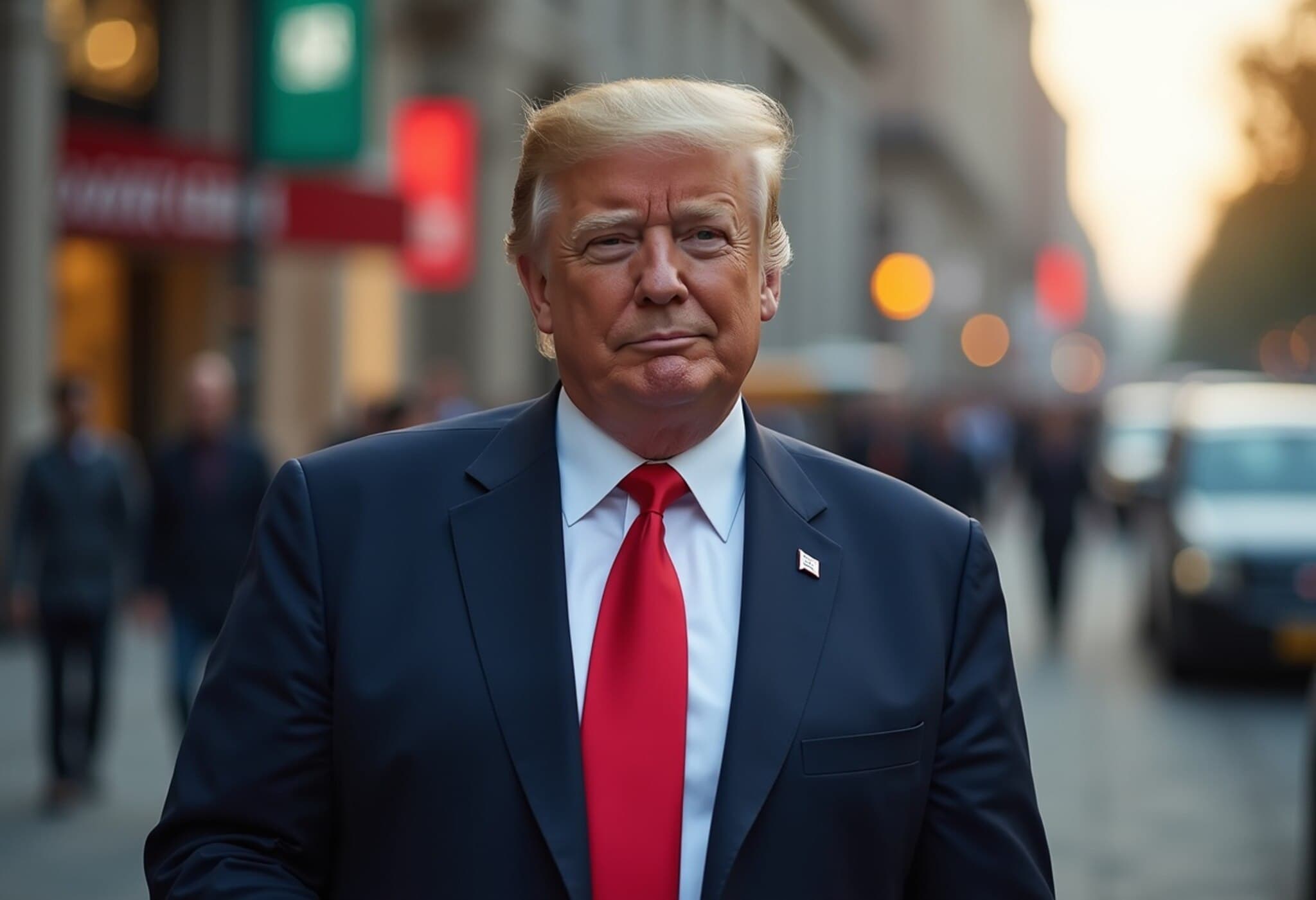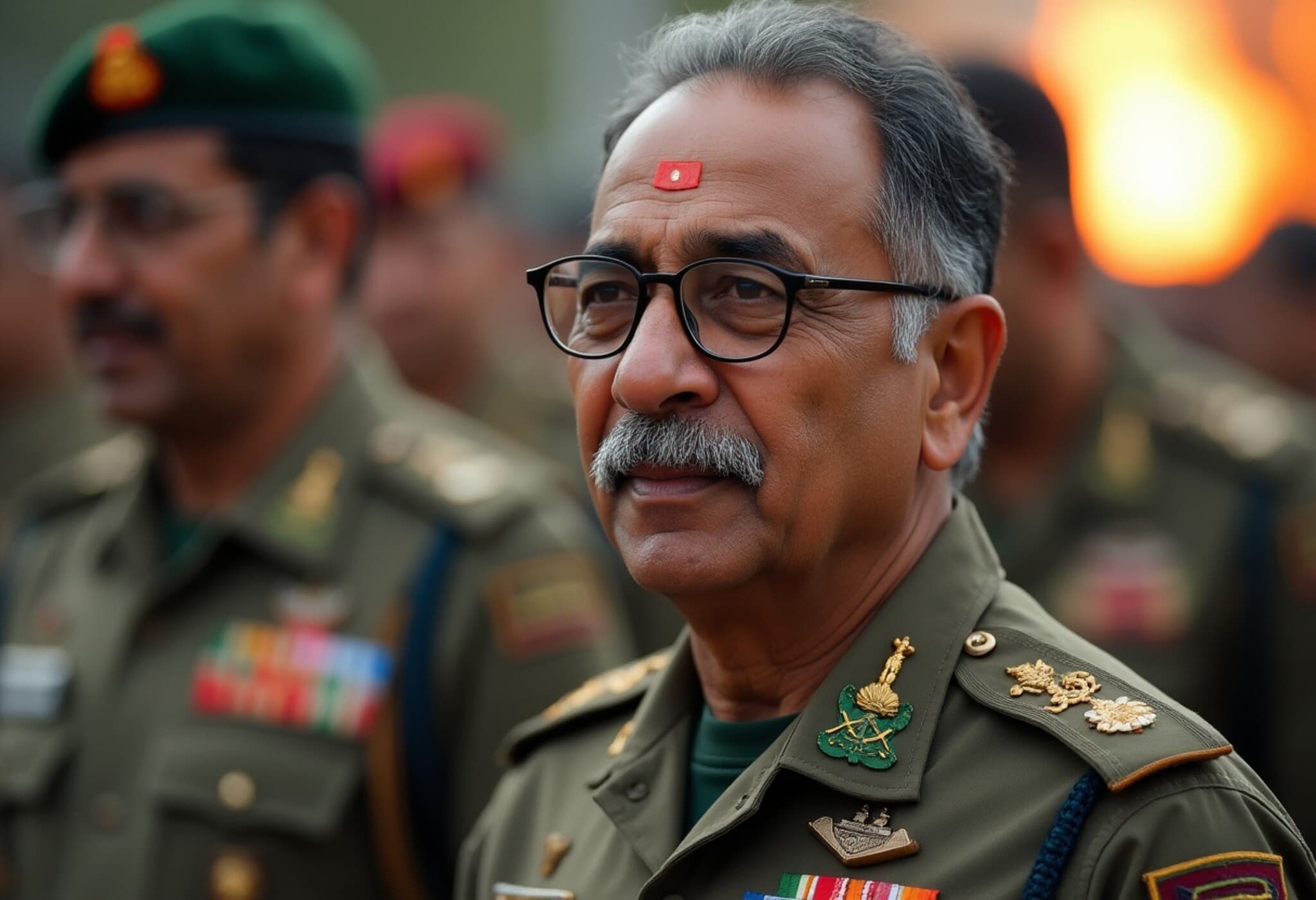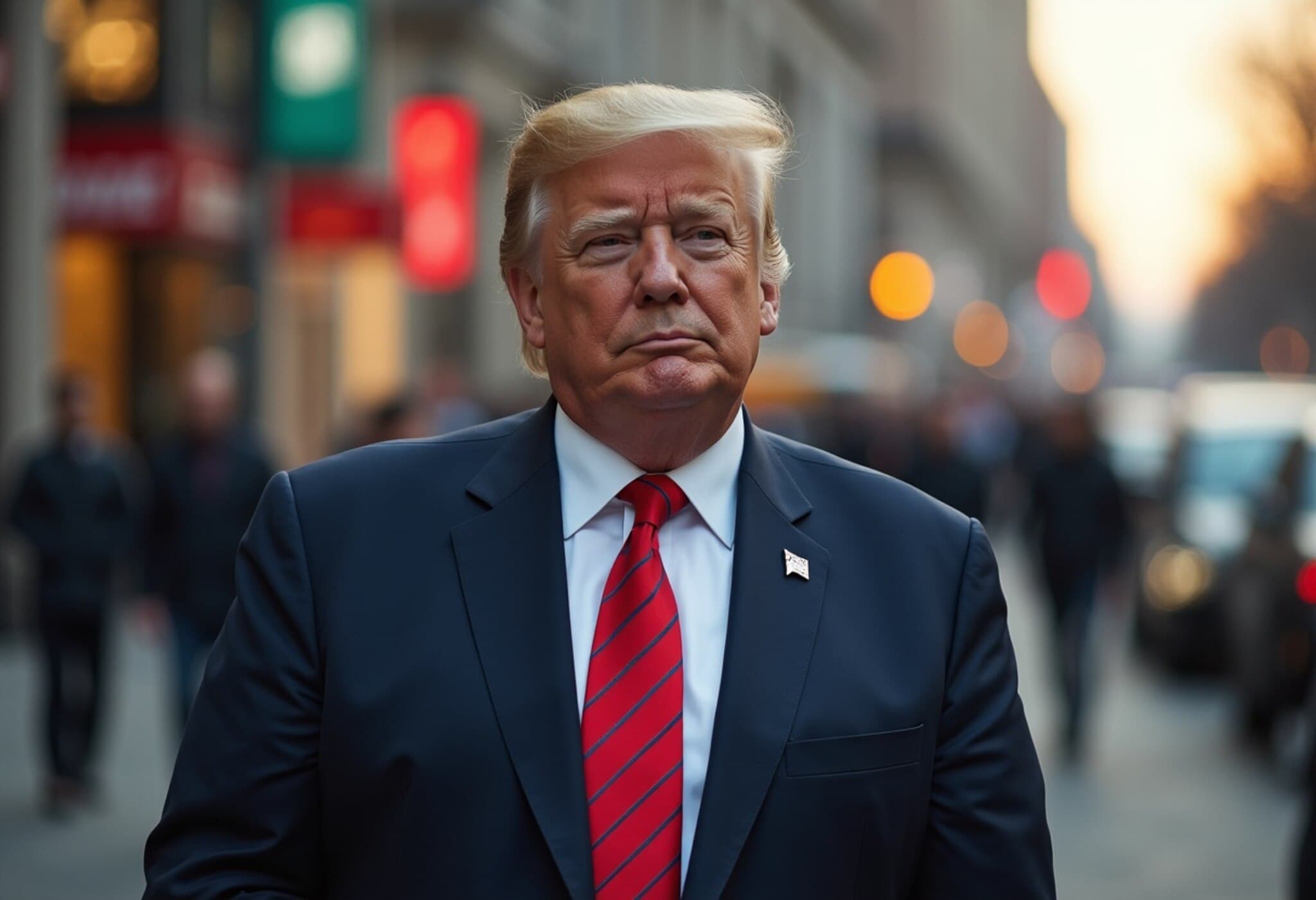US Signals Conflicting Approaches to Trade Relations with India
In an intriguing display of diplomatic balancing, the United States finds itself sending mixed messages to India amid escalating trade tensions. While Washington moves forward with plans to impose tariffs as steep as 50% on select Indian exports, it simultaneously emphasizes its commitment to strengthening a broader strategic trade partnership with New Delhi.
Tariffs and Accusations: The Trade Tensions Rise
The backdrop to this trade friction stems from US allegations that India is indirectly supporting Russia’s military efforts by importing discounted Russian crude oil, refining it, and then profiting from exports. This claim was prominently voiced by Peter Navarro, former Trade Adviser to President Donald Trump, who underscored the administration’s decision not to delay an upcoming tariff hike scheduled for August 27, 2025.
“India is engaged in a refining profiteering scheme that ends up fueling Russia’s war machine,” Navarro asserted during a Washington, DC briefing. “They are essentially using the money earned from exports to the US to buy Russian oil, perpetuating conflict rather than peace.”
Navarro framed the issue as a concerning paradox: US taxpayers subsidize Ukraine’s defense, while through energy trade, India unintentionally bolsters Russian military capabilities.
Contrasting Diplomatic Signals
Yet, in a marked contrast, the US State Department offered a more measured stance when queried about the potential damage these tariff actions could inflict on the burgeoning India-US strategic alliance. A spokesperson stated:
“We value our ongoing engagement with the Government of India on trade and investment and remain committed to advancing a trade agreement that fosters a fair and balanced relationship between our nations.”
This discrepancy between Navarro’s confrontational rhetoric and the State Department’s diplomacy has sparked critiques of Washington’s messaging coherence. Experts warn that such dual narratives risk undermining trust and complicating ongoing negotiations.
Trade Imbalance and Geopolitical Complexity
The tariff impositions, initially set as a 25% levy earlier in July with warnings of an additional 25% increment, are officially aimed at addressing “longstanding trade imbalances” and expressing disapproval of India’s continued energy dealings with Moscow. However, Washington’s focus on India has raised eyebrows given China’s substantially larger imports of Russian oil, yet seemingly unscathed by similar penalties.
- US Administration Perspective: Highlighting fairness and correcting trade disparities as key motives for tariffs.
- India’s Position: Energy imports are guided by national interest and affordability, separating economic choices from geopolitical pressures.
- Trade Negotiations: Both nations express cautious optimism for a trade agreement later in 2025, despite these tensions.
The Broader Context: Strategic Partnership Amid Economic Contest
India and the US share a complex, multi-layered relationship shaped by geopolitical partnership, defense cooperation, and expanding economic ties. However, these recent trade disputes underscore the delicate balance between pursuing national economic interests and sustaining strategic alliances.
American policymakers face the challenge of addressing domestic calls for protecting industries and addressing perceived trade unfairness without alienating a crucial partner in the Indo-Pacific region. Meanwhile, India navigates its energy security needs and broader global relationships, particularly with Russia, amid a tense global geopolitical landscape.
Expert Insight
Trade analyst Dr. Susan Mitchell from the Center for International Economic Studies remarks, “The US-India trade relationship is emblematic of 21st-century diplomacy, where economic interests intersect with geopolitical strategy. Washington’s tariff strategy may send a short-term protective signal but risks complicating a partnership that both sides acknowledge as vital for regional stability and counterbalance to China.”
Dr. Mitchell further notes that nuanced diplomacy, rather than heavy-handed trade penalties, is key to fostering long-term collaboration.
Looking Ahead
As talks continue, observers will watch closely how these tariffs influence both trade volumes and diplomatic warmth between the world’s largest democracies. Will the US recalibrate its approach to avoid undermining strategic ties? Or will economic assertiveness take precedence over partnership rhetoric?
Such questions remain at the forefront as both countries weigh their next moves in a global environment marked by volatility and competing interests.
Editor’s Note:
The current US dual-track approach to India — imposing significant tariffs while championing strategic partnership — reflects the intricate dance of modern geopolitics where trade, security, and diplomacy interweave. For stakeholders, it raises critical questions: Can economic and strategic interests be harmonized without one undermining the other? And how will emerging powers like India navigate their role amid competing global pressures? These are questions that will shape international relations well beyond the immediate trade headlines.

